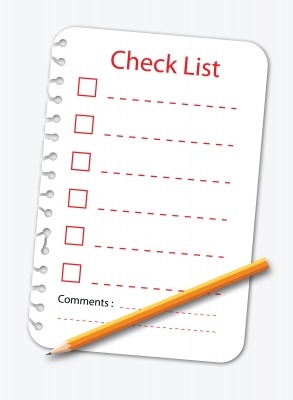
2011 was a tremendous year in the world of social communications. We saw the emergence of several new big players in social networks like Google+, Instagram and Pinterest. We also saw massive increases in the use of social by businesses, and a dramatic shift in the way we all interact online.
2012 is undoubtedly poised to continue down this path, and now is the perfect time to make a few simple but powerful tweaks to your online social presence. Here’s a handful of tips that can help you get off to a strong start in 2012!
1 – Consistent profiles
Make sure all of your personal profiles across all the social sites you use are consistent. It should be easy for your Twitter followers to identify you on LinkedIn at a glance, and across all other networks that you participate in. In addition, doing this will also tighten up how you present your personal brand.
2 – Reserve your usernames
You don’t need to use every new social site that starts up, but you never know which ones are going to be huge, so get in early on every site you hear about and register your account. This way you make sure to reserve the same username across all the networks out there, just in case. Again, the key is consistency.
3 – Get the apps
If you don’t have all the apps for all the networks you use, get them now. Easy access to your networks and real-time monitoring are crucial to making sure that you’re not missing anything.
4 – Set up your alerts
Google Alerts, TweetAlarm, and other notification services are extremely valuable to keep you in the know when the conversations turn to you or your company. And don’t forget that you can also use them for any topic that you’re interested in or passionate about. It doesn’t have to be all work all the time.
5 – Link to everywhere from everywhere
You should be able to get to any of your networks easily from your profiles. Some make this easier than others, but at the very least you should make sure that your main ‘hub’ of activity is linked to all your profiles, and all your profiles link to your main hub.
6 – Make a list of ‘Superstars’
We all have a group of individuals that we consider to be the best of the best. If you haven’t already done this, create a special list dedicated solely for those people on your favourite networks so that you can easily browse through the latest stuff posted and shared by your ‘superstars’.
7 – Register for key events
Don’t wait until the last minute to sign up for those events that you really want to attend. Register now, and make the commitment. The last thing you want is to miss out on an event that could be a great opportunity to learn and network with other awesome people.
8 – Plan out your essential reading
Check your ‘Superstars’ list for any upcoming books they may be authoring, or anything they may recommend that suits you, and make sure you add them to your reading list for the year. This also counts for blogs that you may stumble across as well. Make sure to keep your list up-to-date as you go!
9 – Choose your key metrics
Identify a handful of metrics that you will track throughout the year that will give you ACTIONABLE information you can use to improve. Everything you do has an impact, but being able to identify WHAT that impact was, and what it means for your brand or business is the key to making positive changes and adjustments as you go.
There you have it! A few simple tips that anyone can use. Hopefully you found at least one or two things here that can help you in 2012, and beyond!
This article originally written for http://crowdshifter.com





















 Know someone who should be on Twitter, but is a bit apprehensive? Here’s 5 tips to help them get their feet wet.
Know someone who should be on Twitter, but is a bit apprehensive? Here’s 5 tips to help them get their feet wet.